Heat pumps are designed to effectively cool and heat the room's temperature while saving energy and cost. In harsh weather conditions like winter, the coils in the heat pumps can freeze. In this case, you might be confused about what to do. To help, we have conducted thorough research to guide you in such situations.
The first thing you should do to defrost your heat pump is to turn it off. If the ice on the coils is thin, it can defrost by itself. But if the ice is thicker, get some warm water and pour it into the coils. You can also spray water from a hose. If the heat pump is warm, you can turn it on again and change the settings to "fan" mode to melt the ice.
Heat pumps are built in a way that they can defrost themselves by going through a defrosting cycle. Sometimes an unnoticed problem may prevent the heat pump from going through this cycle. Keep reading to learn more detailed tips on everything you need to know about your heat pump and how to defrost it anytime.
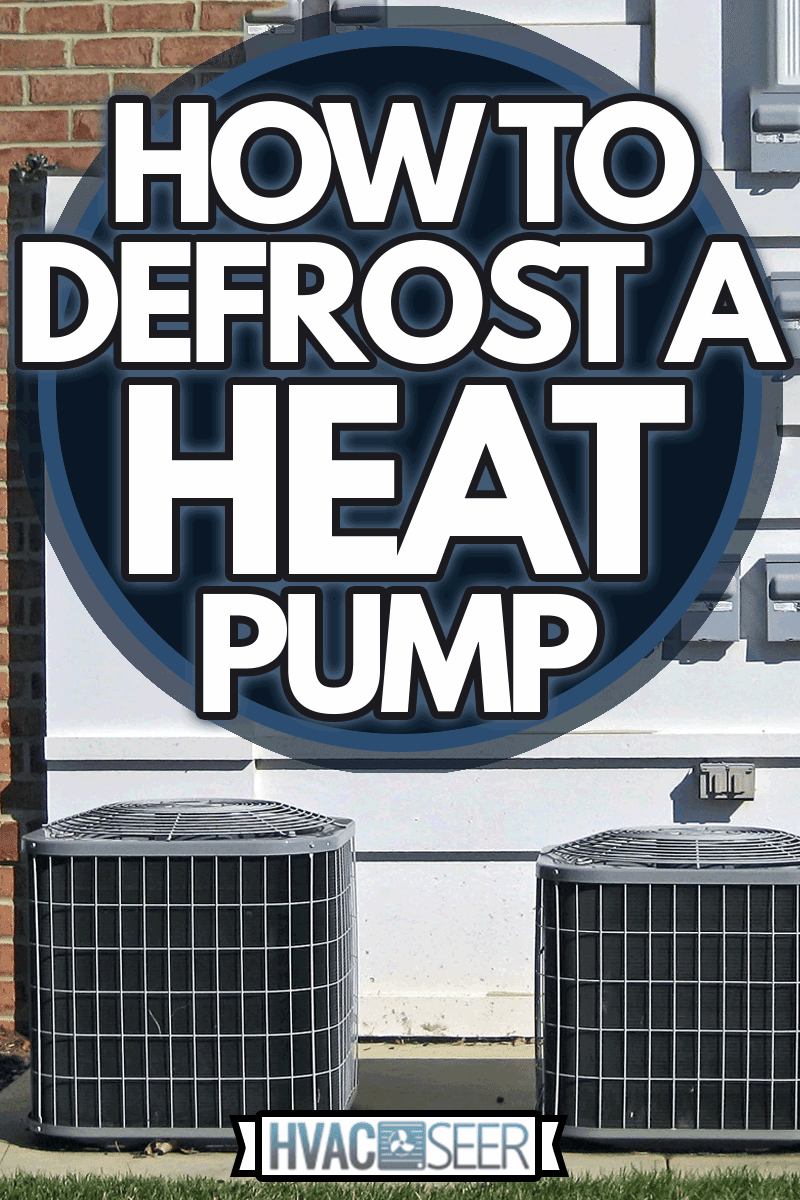
Uses of Heat Pump [And How Does it Work?]
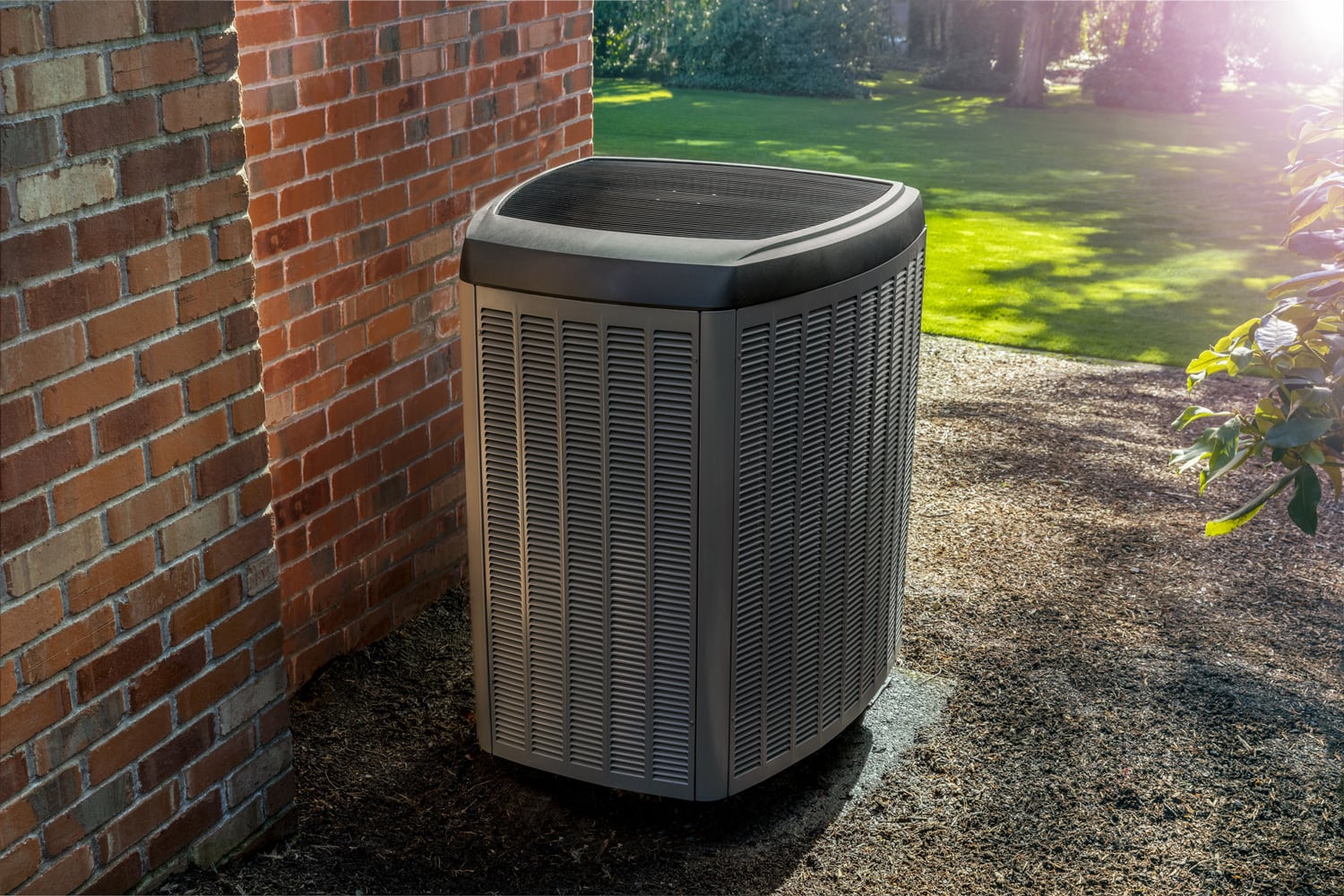
Heat pumps can be used as an alternative to furnaces for warm temperatures and air-conditioners for cold temperatures. When a room is cold, the heat pump transfers heat from outside into the room, making the room warm.
Alternatively, when the room is hot, it can also transfer the heat from the room and regulate the colder air from outside into the room, thereby making it cooler than it is.
How Heat Pump Works
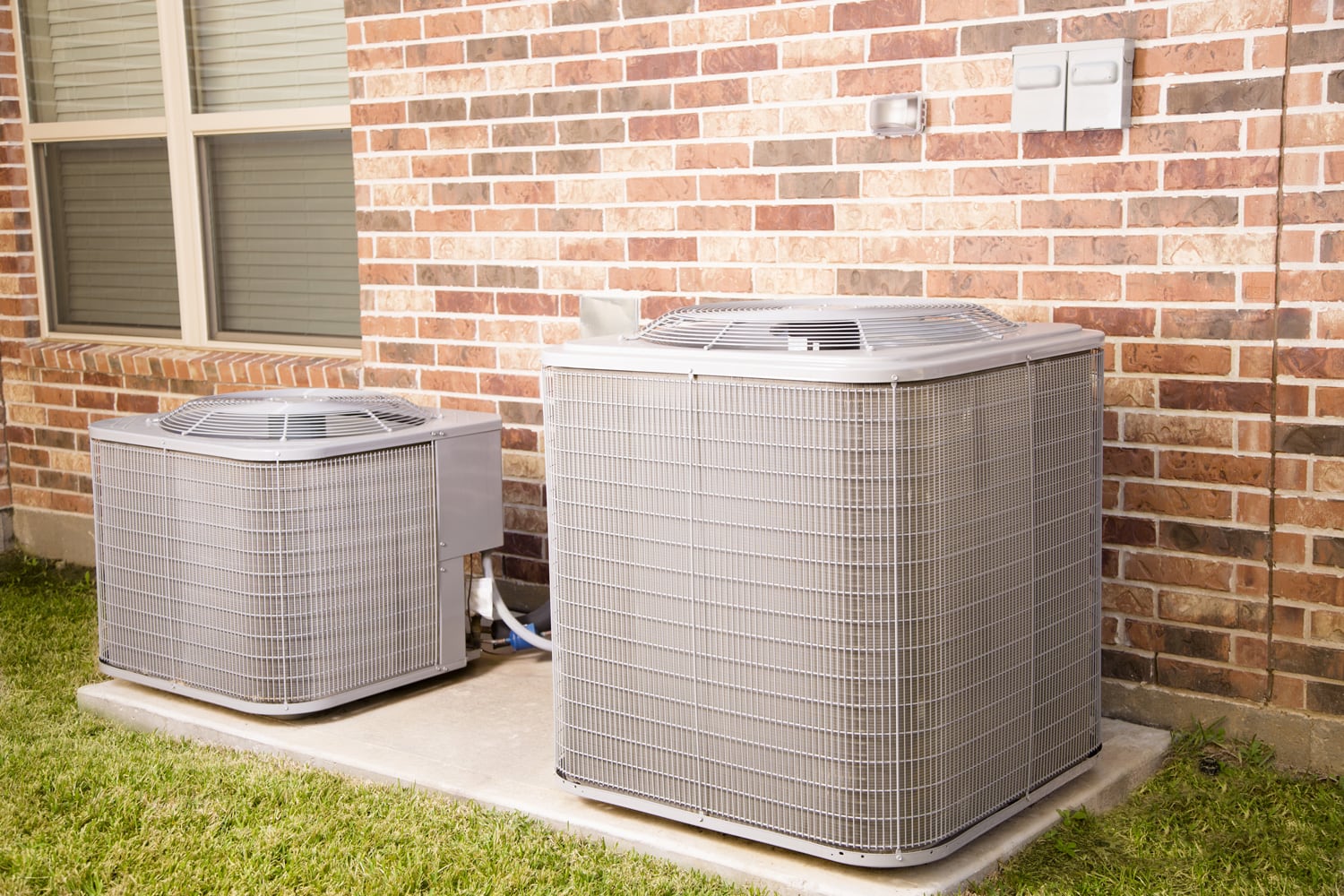
Heat pumps use electricity and a compound called refrigerant. This compound can be found in a liquid or gaseous form. Like all liquified gases, When a refrigerant boils or evaporates, it absorbs heat at a high rate because it has a low boiling point.
A heat pump has two important sections. The outdoor and indoor sections. The outdoor is further divided into a coil and a fan. The coil is designed to absorb heat from outside while the fan blows over it to keep it cool.
The refrigerant takes in the absorbed heat from the coil and passes it into the compressor. The compressor changes the heat to a temperature scorching enough to be vaporized by the refrigerant.
The hot air then passes through another set of coils in the indoor unit. A fan blows the coils spreading the hot air in the room.
Why Do Heat Pumps Freeze Or Ice up?
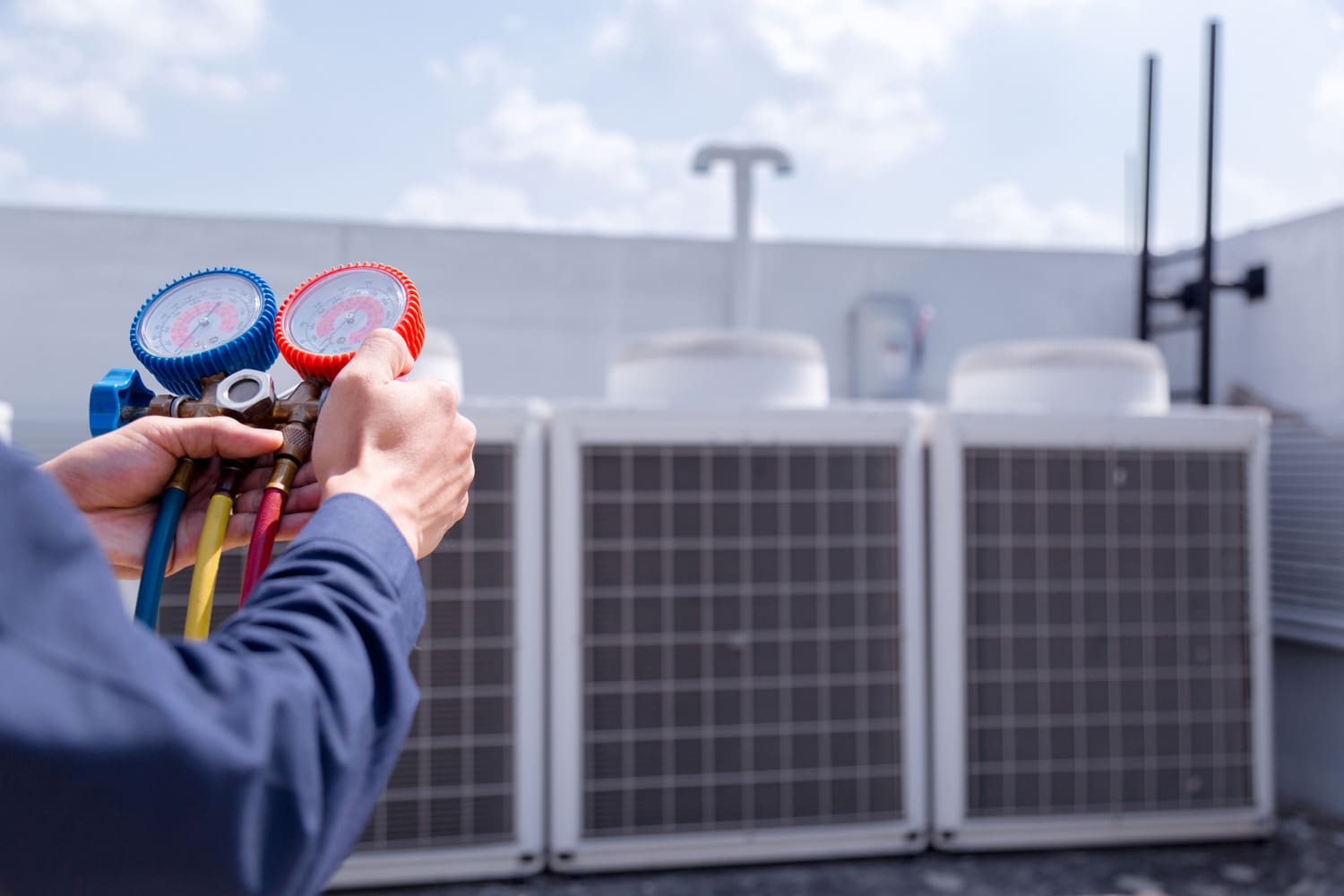
Water vapors can be found in the air in both cold and dry weather—the vapor changes to a liquid when it reaches a specific phase. If the weather or temperature of the air is colder than the refrigerant can handle, there is a high possibility of the coils being covered with frost.
What Causes a Heat Pump to go Into Defrost Mode?
You can prevent frost from gathering around your heat pump by allowing the heat pump go through its defrosting cycle. All the heat transmitted indoors is sent back outside through the condenser coils.
This process helps melt the frost that has gathered around the coils. In cases of extreme frost, it may not be that easy to remove. Sometimes the heat pump may not be able to go through the defrost cycle because of other issues.
How To Defrost A Heat Pump [Step-by-Step]
There are many methods you can defrost a heat pump. Let's look at the simpler method.
Step 1: Give The Heat Pump Time
When you notice your heat pump is frozen, you can allow it to go through its defrosting cycle. This cycle can take time, but it eventually works. Observe it for a few hours. After 4-5 hours, it may start working properly again.
Step 2: Turn It Off
If you notice that your heat pump is not working as it should after four hours, it might be due to other types of malfunction. To avoid electric shock, turn it off before you start working on it. If you don't have the technical expertise to detect the problem, you should call HVAC experts.
Step 3: Melt The Ice
Get warm water in a garden hose and spray it on the heat pump until the ice completely melts away. Do not attempt to scrape off the ice or frost with any sharp object or any object at all. You could complicate a problem that could lead to more damage.
Step 4: Turn It Back On
When you're done with the melting and it is warm enough, you can turn it on but switch it to fan mode so all the ice can melt.
Step 5: Consult A Repair Specialist If It Persists
If you've gone through all the steps and the heat pump continues to freeze, it may be because of a mechanical problem. In this case, you should wait for a professional diagnosis.
It is possible to prevent your heat pump from getting frost if you pay proper attention to it. This means doing a regular check-up routine to inspect your heat pump for any potential damage or problems caused by external factors.
You can also prevent your heat pump from getting frost if you maintain a habit of clearing dirt, leaves, and snow around it. The top of the heat pump can be damaged if it is restricted from receiving ventilation. This can cause the heat pump to freeze.
How Do I Tell A Heat Pump Is Defrosting?
When your heat pump is defrosting, it changes to air conditioning cooler mode. The fan shuts off, and the outdoor evaporator allows the refrigerant to move at a high pressure hot enough to melt the ice. The system goes back to its normal heating process when the sensor reaches a certain temperature.
What Does A Heat Pump Sound Like In A Defrost Mode?
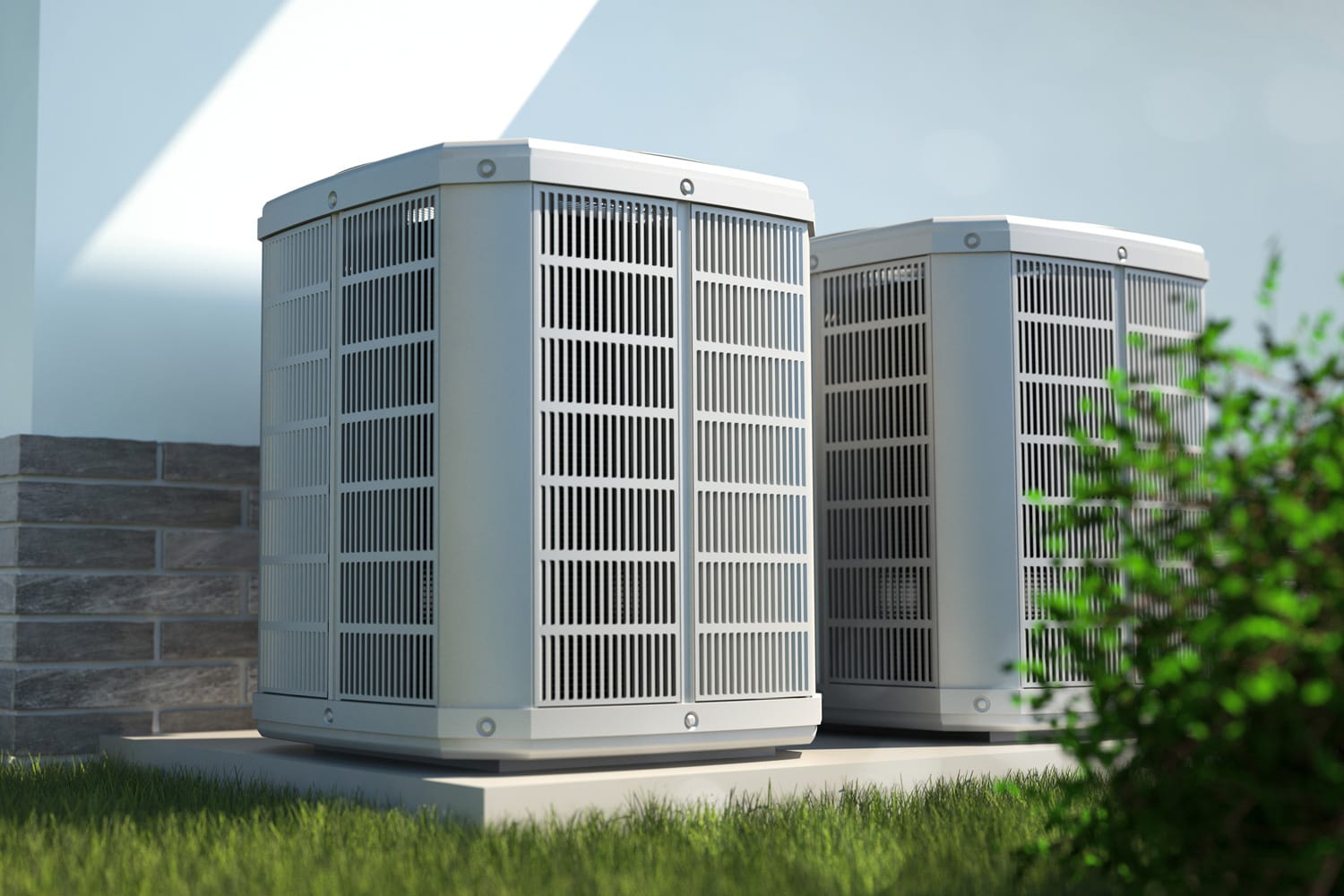
The main difference between a heat pump and an air conditioner is that a heat pump has a valve that alters the flow of your refrigerant, causing it to condense within your home rather than outside.
Heat is now escaping from your home. But when the valve is turned off, the heat pump makes noise. When the heat pump is defrosting, you'll hear a low hum, similar to a trumpet's low tone. You'll also notice heat instead of cold air flowing from the top, and the fan will be turned off.
You might even catch a glimpse of steam. This is normal because the system is defrosting the coils to remove the ice. When your system finishes its defrost cycle, you'll hear a loud bang as air pressure is released, followed by the fan turning back on. The unit turning on or off is a standard heat pump noise in the winter.
Because its sole purpose is to compress air and refrigerant, the compressor is usually fairly noisy. A scroll compressor, the most popular form of a compressor, is quieter than a reciprocating compressor.
It is recommended to install a scroll compressor heat pump because it is more efficient and reliable, and repairs are also less expensive. However, this sort of compressor creates a blowing noise when it switches off.
Can You Pour Hot Water On A Frozen Heat Pump?
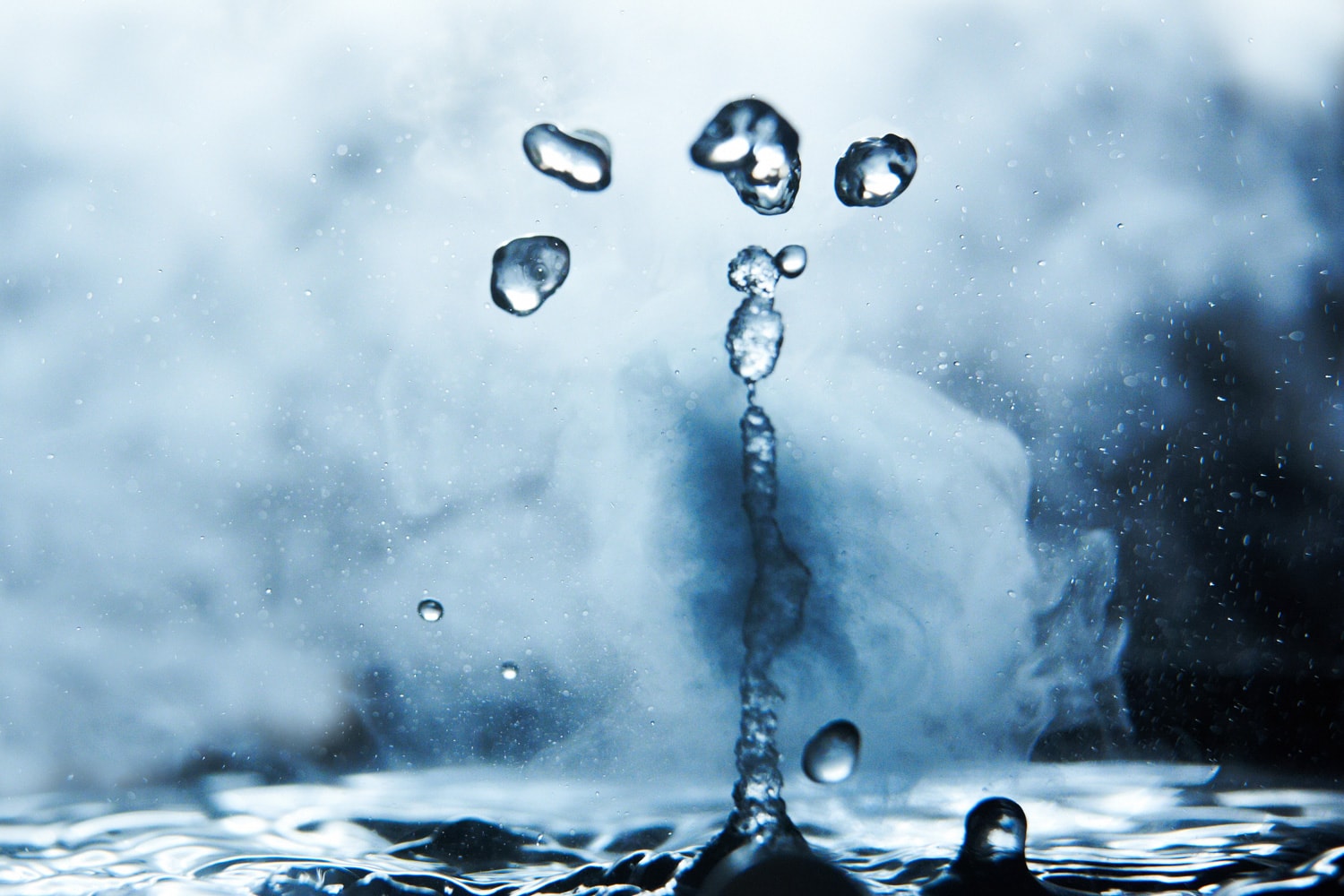
You can pour hot water on a frozen heat pump. It is usually one of the better ways to defrost a frozen heat pump. Hot water will help melt and defrost the ice, making your heat pump function easily.
If your try to scrape out the ice or use a sharp object to remove it, you may cause damage to your heat pump. This is why using warm water is better.
If you want to know how effective the hot water will be on your frozen heat pump, run the water through a finger and if it burns, it is good enough for the defrosting. You don't have to worry about the hot water burning the heat pump as they are strong enough to withstand mild heat.
How Often Should Heat Pumps Defrost?
Heat pumps only defrost when it is susceptible to conditions that can freeze them. The number of times your heat pump will defrost depends on how often it freezes.
To Wrap Up
When you notice your heat pump is frozen, the easiest way to melt the frost is with water. If it does not defrost, you should consult an HVAC expert. Always make sure you maintain and inspect your heat pump. Keep it clean and clear the environment around it if it is located outside.
If you enjoyed reading this article, check out these similar posts about heat pumps:
